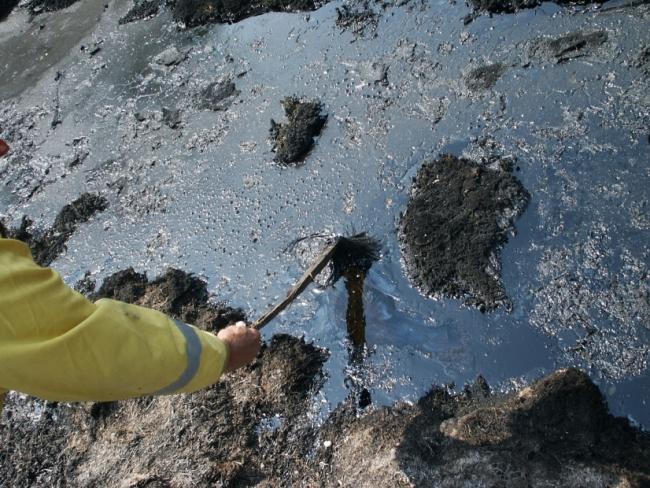Articles Menu

October 13, 2016
The B.C. Oil and Gas Commission describes its vision as providing “oil and gas regulatory excellence for British Columbia’s changing energy future” and lists its values as “respectful, accountable, effective, efficient, responsive and transparent.”
Carrying out those lofty goals is difficult, however, when the commission’s main public accountability portal for its more than 43,000 kilometres of pipelines — an online ‘incident map’ — has been offline for more than a month.
DeSmog Canada notified the Oil and Gas Commission that the incident map had been down for over one week via e-mail on September 7. A message posted online in lieu of the interactive map — which is meant to provide up-to-date and historical data related to pipeline incidents including accidents, ruptures and releases — said the site was down for maintenance.
On September 20, a representative from the commission notified DeSmog Canada the site was undergoing “AMS[association management software] implementation” and could not say “at this time when it will be back online.” A follow up email from the commission noted the pipeline incident map could be down for “a few months” and that requests for specific information can be made through the website's contact portal.

According to the commission the purpose of the incident map is to provide “timely, factual information on all pipeline incidents” as a part of ensuring “companies respond effectively and that the interests of British Columbians are protected through a 24/7, 365 day per year incident response program.”
The pipeline incident report is one of the few ways members of the public, including researchers and journalists, can learn of spills, pipeline ruptures and other major accidents.
For residents living near a pipeline spill or accident, the pipeline incident report is often their only way of accessing up-to-date information on spill volume, environmental impact, human health risks and cleanup measures.
According to an Oil and Gas Commission report released this summer, there were 45 pipeline incidents in 2015, an increase from the previous three years. That works out to approximately one incident for every 1,000 kilometres of pipeline in the province.
Two of those incidents involved sour gas, an extremely deadly toxin, and another 17 involved either natural gas or crude oil.
B.C. received attention in 2013 for having the highest rate of pipeline incidents across Canada since 2000: 279 out of 1,047 incidents nationwide.
In Alberta, the provincial energy regulator regularly releases information on not just pipeline incidents, but any reported incidents involving oil and gas wells and related facilities.
Since the beginning of September, the Alberta regulator’s incident reporting page lists 20 pipeline incidents, two of which required emergency response.
If the same is happening in B.C. the public would currently have no way of knowing.
Image: Emergency responders inspect oil spilled from a ruptured Enbridge pipeline in Minnesota in 2002. Photo: MPCA Photos via Flickr CC BY-NC 2.0